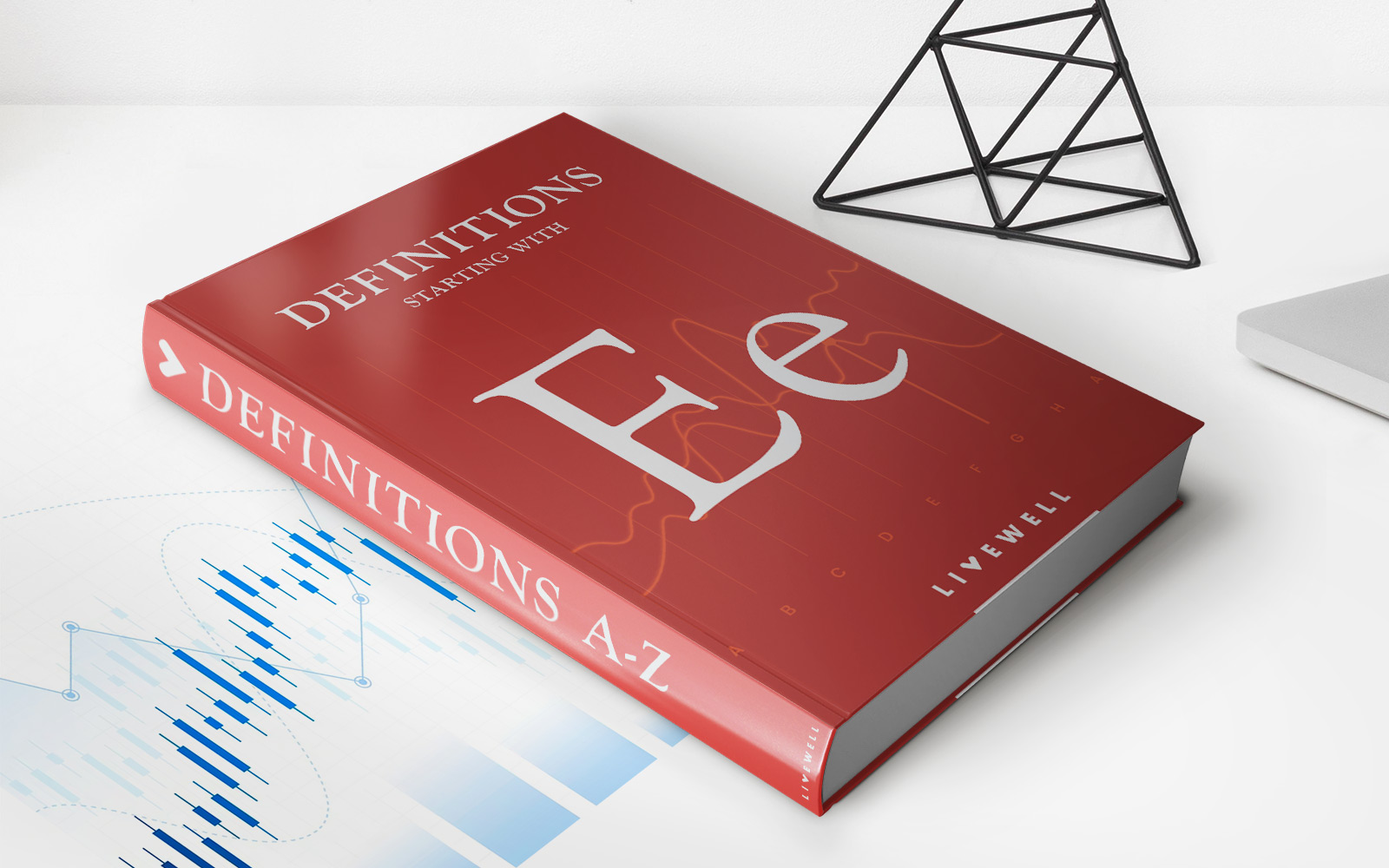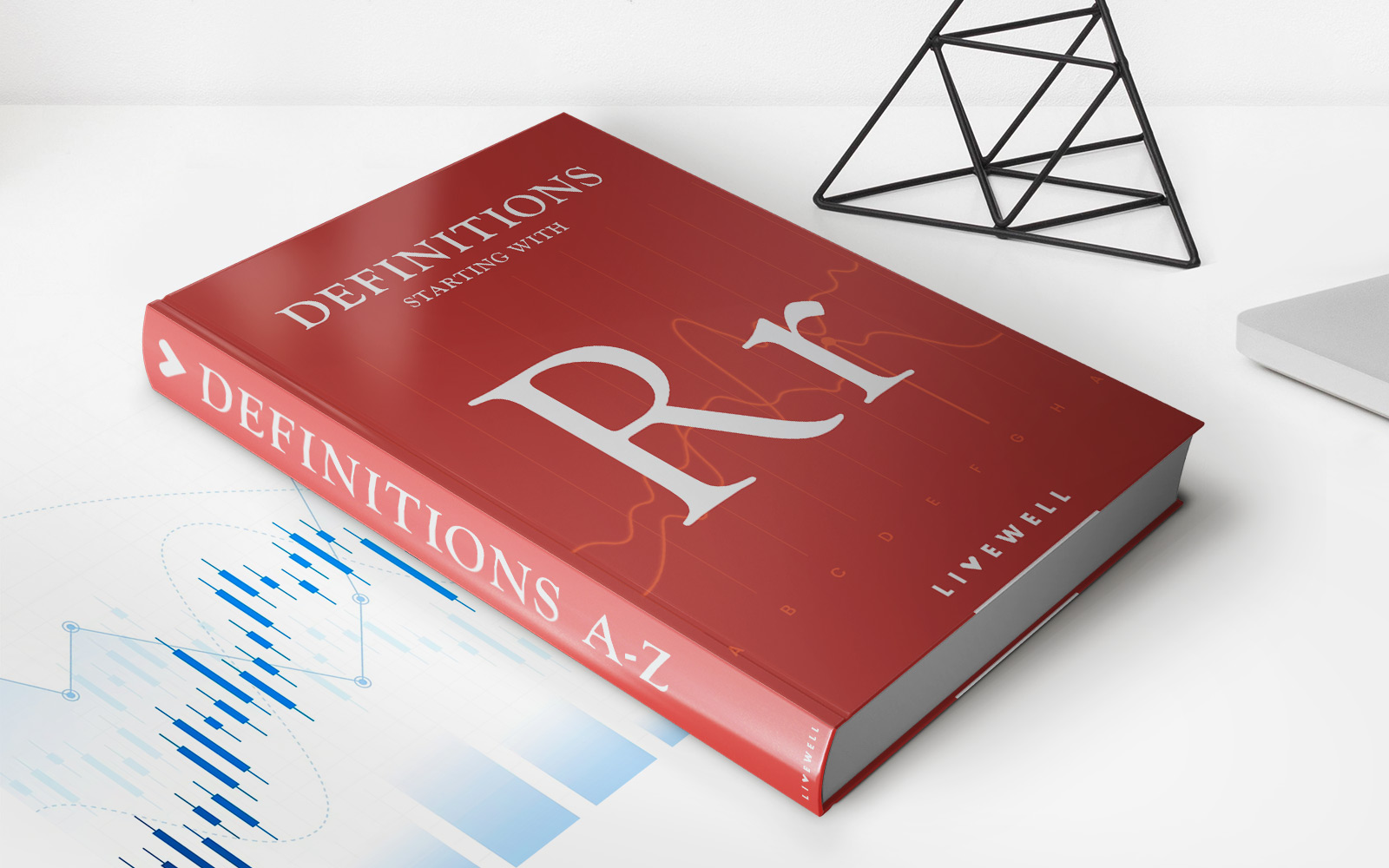Home>Finance>Electronic Fund Transfer Act (EFTA): Definition And Requirements


Finance
Electronic Fund Transfer Act (EFTA): Definition And Requirements
Published: November 17, 2023
Learn about the Electronic Fund Transfer Act (EFTA) and its requirements. Gain a clear understanding of the finance industry regulations.
(Many of the links in this article redirect to a specific reviewed product. Your purchase of these products through affiliate links helps to generate commission for LiveWell, at no extra cost. Learn more)
Electronic Fund Transfer Act (EFTA): Definition and Requirements
When it comes to managing your finances, it’s crucial to have a good understanding of the laws and regulations that govern electronic fund transfers. One such regulation that you should be aware of is the Electronic Fund Transfer Act (EFTA). What exactly is the EFTA, and what are its requirements for individuals and businesses? In this blog post, we’ll explore the definition and requirements of the EFTA, shedding light on an important aspect of the financial landscape.
Key Takeaways:
- The Electronic Fund Transfer Act (EFTA) is a federal law that provides consumer protection for electronic funds transfers.
- Under the EFTA, financial institutions are required to disclose certain information to consumers, provide error resolution procedures, and limit liability for unauthorized transfers.
The Electronic Fund Transfer Act, enacted in 1978, is a federal law that governs electronic transactions involving banks, credit unions, and other financial institutions. Its primary purpose is to ensure consumer protection for electronic fund transfers, such as those made through automated teller machines (ATMs), point-of-sale terminals, and online banking platforms.
Under the EFTA, financial institutions are required to disclose certain information to consumers before they engage in electronic fund transfers. This includes clear and concise explanations of terms and conditions, fees, and error resolution procedures. By providing this information upfront, individuals can make informed decisions regarding their electronic transactions and understand any associated costs.
In addition to disclosure requirements, the EFTA also imposes certain responsibilities on financial institutions for error resolution and unauthorized transfers. If a consumer notices an error in their electronic transaction or discovers an unauthorized transfer, they have the right to report it to their financial institution within a specific timeframe. The EFTA establishes procedures that financial institutions must follow to promptly investigate and resolve these issues, providing consumers with a safety net in case of fraudulent or erroneous transactions.
Furthermore, the Electronic Fund Transfer Act limits the liability of consumers for unauthorized transfers. If a consumer reports a loss within a certain timeframe, their liability is typically limited to $50. However, if the consumer fails to report the loss within the designated period, their liability can increase. This provision is in place to encourage individuals to promptly report any fraudulent activity and minimize their potential losses.
Conclusion
Understanding the Electronic Fund Transfer Act is essential for both individuals and businesses involved in electronic transactions. By familiarizing yourself with the EFTA’s definition and requirements, you can protect your interests and ensure a secure and smooth experience when conducting electronic fund transfers.
Key takeaways from this blog post include:
- The EFTA is a federal law that provides consumer protection for electronic funds transfers.
- Financial institutions must disclose information, provide error resolution procedures, and limit liability for unauthorized transfers.
Now armed with this knowledge, you can navigate the world of electronic fund transfers with confidence, knowing that the EFTA has your back.














